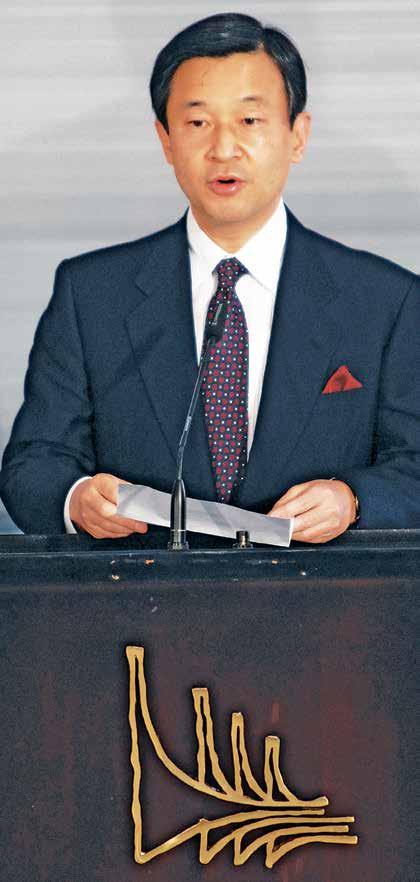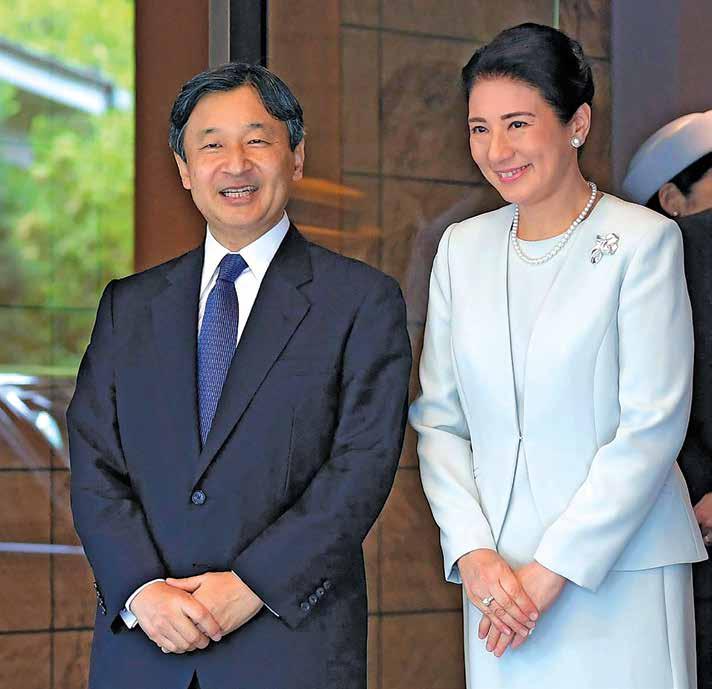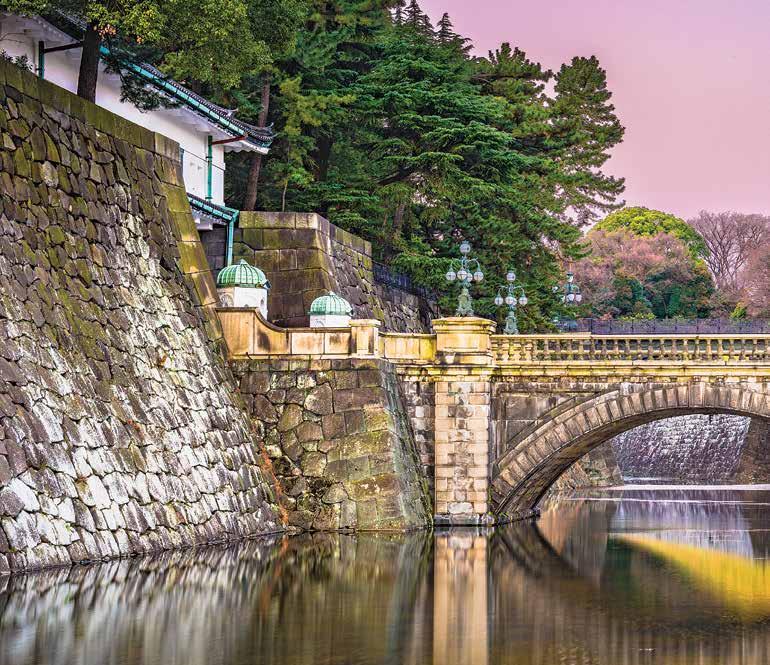
3 minute read
SYMBOL OF NATIONAL UNITY
from Partner Japan 2021
Japan officially began a new era on 1st May 2019, when Crown Prince Naruhito ascended the Chrysanthemum Throne to become the new emperor. In his first speech as emperor, he said that he felt the solemn weight of his position, but vowed to be a symbol of unity for the nation.
Aday prior, his father, Emperor Akihito, had become the first Japanese emperor in more than 200 years to abdicate, bringing to an end the Heisei imperial era. Naruhito, 61, differs from his more tradition-bound predecessors in many ways , and has consistently challenged expectations by prioritising his family and academic life.
Advertisement
After graduating with a degree in history from Tokyo’s prestigious Gakushuin University, he studied at Oxford University’s Merton College from 1983 to 1985.
His chosen area of study was the history of transport on the River
Thames, highlighting an interest in waterways that continued with his doctoral research at Gakushuin. His Oxford years left a strong mark on the young Prince, who described the period as the happiest time of his life, when writing in his 1993 memoir “The Thames and I”.
Emperor Naruhito and Empress Masako

The Imperial Household Agency decided in November to cancel the imperial family’s annual New Year gathering, which saw 68,000 people visit the Imperial Palace in Tokyo last year, to prevent the spread of the virus.
At the event, which usually takes place on 2nd January, the emperor, empress and other members of the family greet the gathered well-wishers from a balcony.
In the message, the emperor also referred to the torrential rain in western Japan last July, expressing solidarity with those who lost family members and homes.
“We pray that this year will be as peaceful as possible for everyone,” the empress added.
A series of imperial succession rituals since Emperor Naruhito ascended to the throne were concluded last November, when Crown Prince Fumihito was formally declared first in line to the throne at the “Rikkoshi no rei” rite.
Since Emperor Naruhito’s enthronement, the imperial family is now only left with three heirs — the emperor’s younger brother, the crown prince, 55, his son, Prince Hisahito, 14, and Prince Hitachi, 85, the uncle of the emperor.

Prince Naruhito lived with his family until the age of 30, representing a departure from imperial tradition that requires future emperors be raised by their subjects. The practise aimed to instil consideration for people in place of personal attachments, but family life was considered equally important by the time the crown prince was born.
BEAUTIFUL HARMONY
Midnight of 1st May 2019 marked both a change of emperor and the dawn of a new era in the imperial calendar. The name of the new imperial era, meaning “beautiful harmony”, was taken from Japan’s oldest poetry anthology, Manyoshu.
This is a new emperor for a new era, but how does a single word define Japan?

The name of the era represents a departure from the tradition of deriving imperial era names from Chinese classics, a practise that lasted more than 1,300 years. Public opinion polls suggest
that more than 70% of Japanese citizens approve of the name, while the reaction to the incoming emperor himself has been largely favourable. Despite public approval, questions remain about the role Emperor Naruhito will play in a changing Japan.

Seimon Ishibashi bridge, which leads to the main gate of the Imperial Palace
The emperor’s role is largely ceremonial, focusing on public engagements with citizens and meeting foreign dignitaries. However, as the first emperor born after World War II, Naruhito may be expected to push for change.
“The world is changing and we are wondering how he will adjust his position and responsibilities to this new landscape,” wondered an editorial published in leading business daily Nikkei.
In his accession speech, Emperor Naruhito acknowledged the heavy burden that his father had carried in the role, insisting that he would “bear in mind the path trodden by past emperors”.
Speaking in the same speech, he said: “I sincerely hope for the happiness of the people and further progress of the country, and for world peace”.










